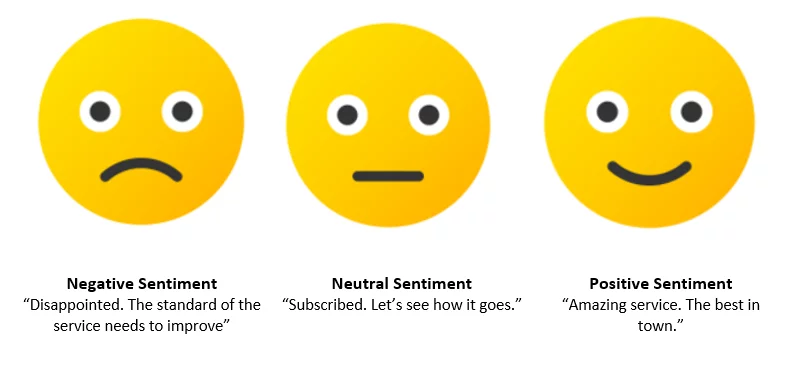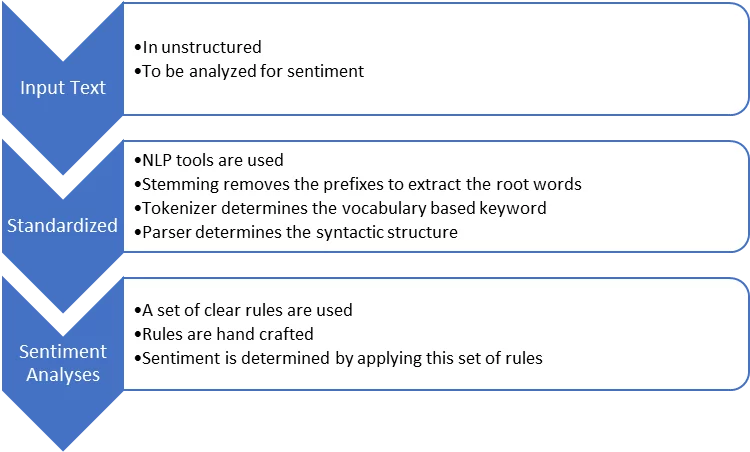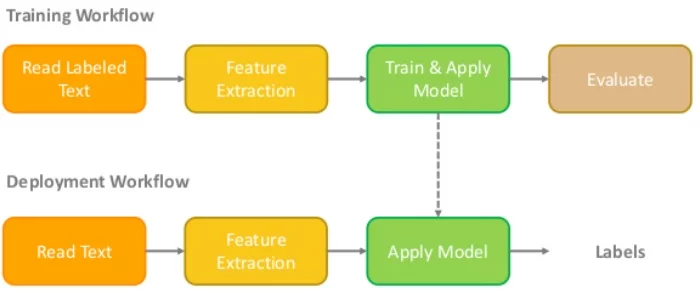Sentiment Analysis and its Implementation in Power BI using Azure Cognitive Services (Part 1)

alphabold
Introduction
What is Sentiment Analysis?

Transform Your Data with Sentiment Analysis in Power B
Explore how sentiment analysis integrated with Power BI can empower your leadership with actionable insights.
Request a DemoApplications of Sentiment Analysis for Businesses
Sentiment Analysis finds applications in different fields, including consumer businesses, finance, politics, marketing and public relations, and e-commerce. Within the business domain, the most common uses of Sentiment Analysis include
Consumers’ Feedback:
Brand Reputation:

Online Advertisement and Social Media:
How Sentiment Analysis Work:
Various methods can be used to implement Sentiment Analysis. The choice of the method depends on the business requirements, the data we have, and how accurate we want the Sentiment Analyzer to be. Broadly, Sentiment Analysis can be implemented using two methods:
- Rule-based or Lexicon-based
- Using Machine Learning
Further read about Power BI On-the-Go: A Review of the Mobile Experience
Rule-Based or Lexicon-based Sentiment Analysis

Machine Learning

Further read about: 4 Key Steps for Business Leaders to Implement AI
Revolutionize Customer Insights with AI-Powered Analytics
Learn how sentiment analysis can drive data-driven decisions and enhance customer understanding at the executive level.
Request a DemoConclusion
Explore Recent Blog Posts






